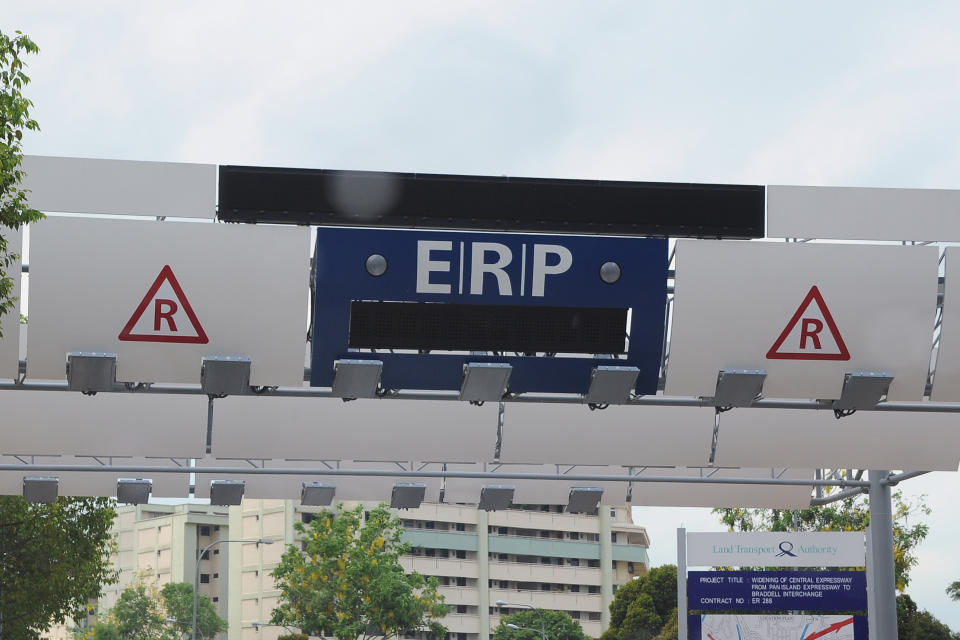ERP: Less costly to replace existing system compared to extending it, says MOT
Running such an ageing ERP system will not be cost-effective, said Senior Minister of State for Transport Amy Khor.

SINGAPORE — It is less costly to replace the current Electronic Road Pricing (ERP) system with the new satellite-based ERP 2.0 compared to extending the existing system, said Senior Minister of State for Transport Amy Khor on Monday (6 November).
Khor was responding in parliament to questions by several Members of Parliament (MP) on the new ERP 2.0, adding that the new system allows the Land Transport Authority (LTA) to be "more agile in managing congestion" as well as provide "valuable insights into traffic conditions to make quicker interventions without the need to build costly physical gantries in land-scarce Singapore."
The system architecture, she said, is based on open standards and a modular design, which will allow for future upgrades and thus help to keep the ERP 2.0 relevant and up-to-date.
Also read: ERP 2.0 installation will commence from 1 Nov 2023, starting with fleet vehicles
Also read: ERP rates and timings in Singapore: Latest updates (August 2023)
Also read: Latest Singapore COE prices and bidding results (18 October)
The current ERP system was implemented in 1998 and has been in operation for 25 years. According to LTA, it is reaching the end of its operational lifespan.
Khor said that obsolete parts in the gantries and the existing in-vehicle unit (IU) would require customised production or the use of less reliable substitutes, which could affect the effectiveness and reliability of the system.
"Running such an ageing system will not be cost-effective," said Khor.
In October, the LTA announced that it would begin installation of a new on-board unit (OBU) under the ERP 2.0 system starting 1 November.
The OBU exercise is expected to be completed by the end of 2025 for all vehicle types in Singapore.
ERP 2.0 charging
In response to a question by Marine Parade MP Lim Biow Chuan, who had asked how the new ERP 2.0 will be effective in regulating traffic congestion if motorists are unaware of the exact costs of using certain roads, Khor said that there will be no change to how motorists will be charged as charging will continue to be carried out by the gantries during the OBU installation phase.
Once the transition to ERP 2.0 is completed, Khor said that charging will be carried out through Global Navigation Satellite System (GNSS) technology as the physical gantries are progressively decommissioned.
The minister said there will be signages to demarcate the points at which ERP will be charged. The OBU will provide an alert as vehicles approach an ERP-charging location and will indicate the relevant charges.
Motorists who choose not to install the OBU screen can access the information through compatible smartphone applications. Information will also be announced and made publicly available on the OneMotoring website, similar to the current practice.
Follow us on Facebook, Instagram, TikTok and Twitter.

 Yahoo Finance
Yahoo Finance 

